The Ultimate Guide to Conch Pearls: Colors, Value, and Identification

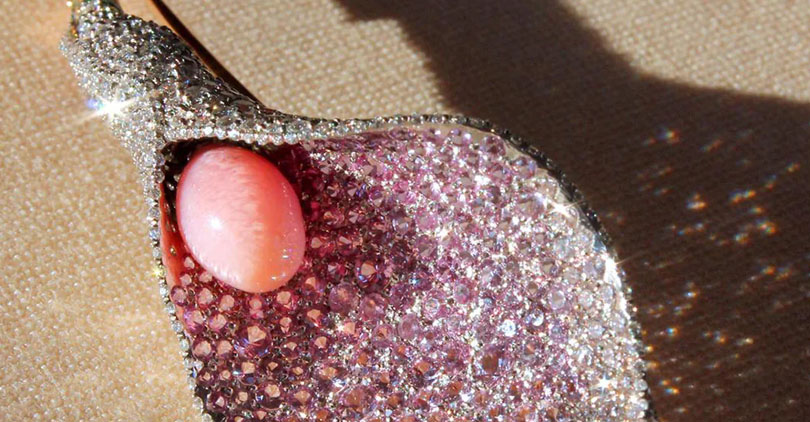
Imagine finding a pearl that is not white nor black but a brilliant pink with swirling flame patterns. Conch pearls are such treasures, standing apart on account of their rarity and beauty. They boast brilliant colors, surely the highly desired pinks and oranges combined with no nacre.
Different from other pearls, conch pearls are extremely rare. They show a flame pattern that makes them even more desirable and valuable. But how would one identify a real conch pearl, and what gives it that high value?
This article covers everything from how to identify genuine conch pearls to this rare color variation. Let us deep dive into the details for full charm and to learn what makes them different from other gems.
What Is a Conch Pearl
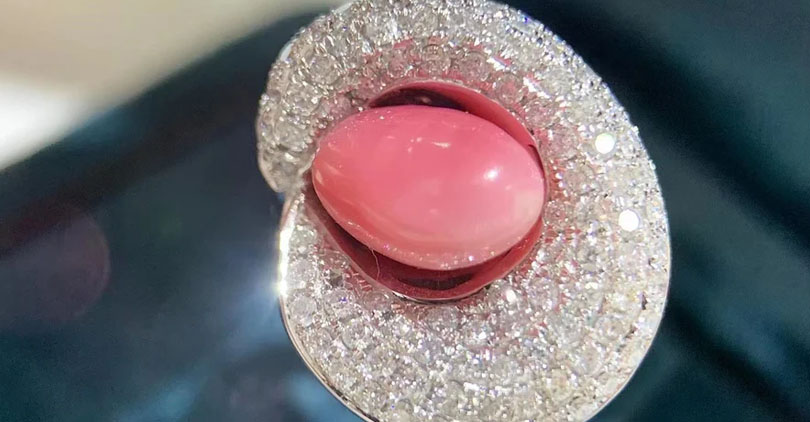 Conch pearls differ from typical pearls because they are not made of nacre, also known as the “mother of pearl.” Instead, conch pearls contain layers of calcium carbonate fibers that are arranged in a flame-like pattern.
Conch pearls differ from typical pearls because they are not made of nacre, also known as the “mother of pearl.” Instead, conch pearls contain layers of calcium carbonate fibers that are arranged in a flame-like pattern.
Conch pearls can be pink, peach-colored, or yellow – sometimes all three. They seem to capture sunlight within their depths. It makes them exceptionally warm-toned jewels.
But what is it about them that makes these gems so different from any other? To find out, we need to explore further into what exactly makes up a conch pearl's fascinating inner world.
What Are Conch Pearls Made Of
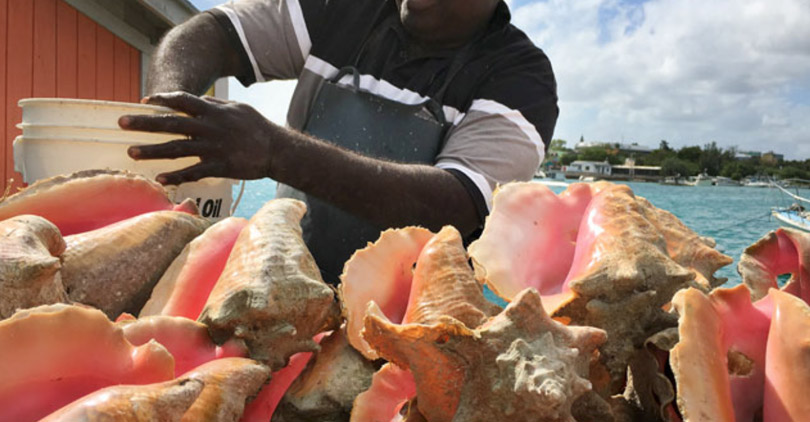
Unlike most pearls, conch pearls do not come from oysters. They are produced by the Queen Conch mollusk instead. Queen Conchs can be found in the Caribbean Sea.
This fibrous structure scatters light into an array of colors so intense it appears iridescent. It looks as if one were viewing flames through water or oil moving on their surface.
Both kinds possess beauty, but their appearances upon finished surfaces couldn't be more different. A finished conch pearl has no shine (which adds to its appeal), appearing almost porcelain-like.
How Conch Pearls Are Found
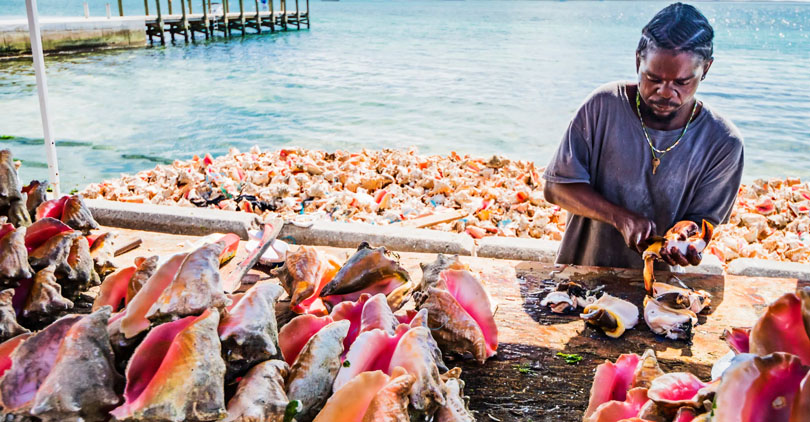
Conch pearls are very uncommon because they do not occur naturally and cannot be farmed in the same way as regular pearls. They are found only by chance inside Queen Conchs, which are primarily harvested for their flesh.
Roughly only one in every 10,000-15,000 conchs will yield a pearl. And of these, an even smaller number will be both round and oval. They are considered especially desirable for jewelry.
Most conch pearls have, therefore, been found accidentally in the Caribbean. Here, Queen Conch populations are thriving. Each new discovery represents a small natural miracle.
There is no special technique or high-tech machinery for finding these pearls, among others, from the sea. It is simply luck!
A diver may open one for lunch and see something shiny inside. Worth more than its weight in gold (and unlike fish farmed in South-East Asia), you cannot simply breed them to increase supply.
What Colors Are Conch Pearls
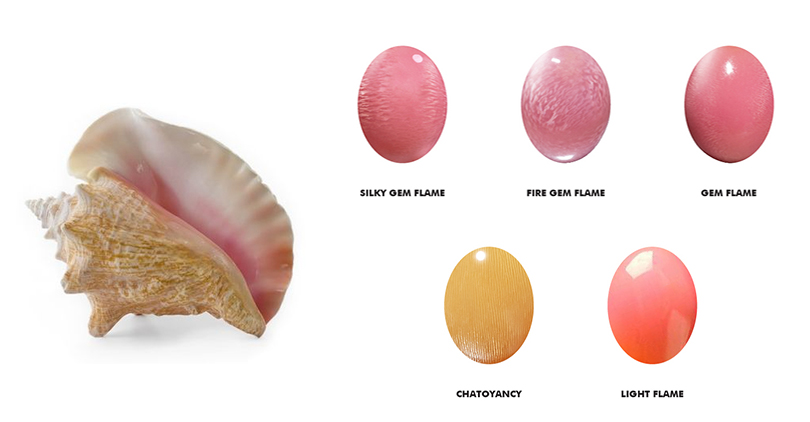
Conch pearls stand out because they have an unusual range of colors that you do not see in other pearls. They may be white, yellow, pink, salmon (pink-orange), or even lavender (pale purple).
Although people love all the colors, pink and peach conch pearls are the most sought-after. Within these hues, those with a warm rose tone - like the inside of a seashell - are particularly valuable.
It is impossible to think about Caribbean conch pearls without visualizing their surface patterns, as they seem to be on fire. For something so tiny, the flaming effect appears almost three-dimensional. It gives off rays of color like a tropical sea creature lit by bright sunlight.
How Much Is a Conch Pearl Worth
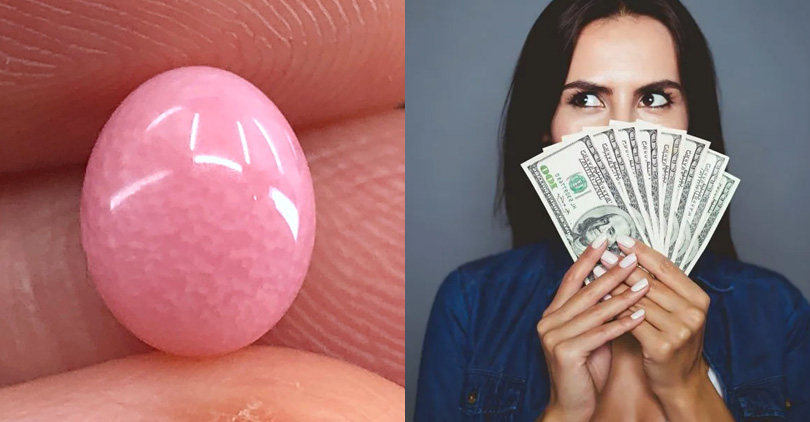
When it comes to conch pearls, rarity is only part of the story—they’re also incredibly valuable. High-quality examples can fetch between $1,000 and $10,000 per carat on average. Those with exceptional features can command prices well above this range.
Collectors love them for being different. Each gem has something special about it, which makes you gaze at it in admiration whenever you take one out (or off) again!
But what exactly gives any particular conch pearl value? There must be more than just how rare these things are. Otherwise, everybody who finds one will instantly become rich beyond their wildest dreams!
Factors affecting the value of a conch pearl:
Color
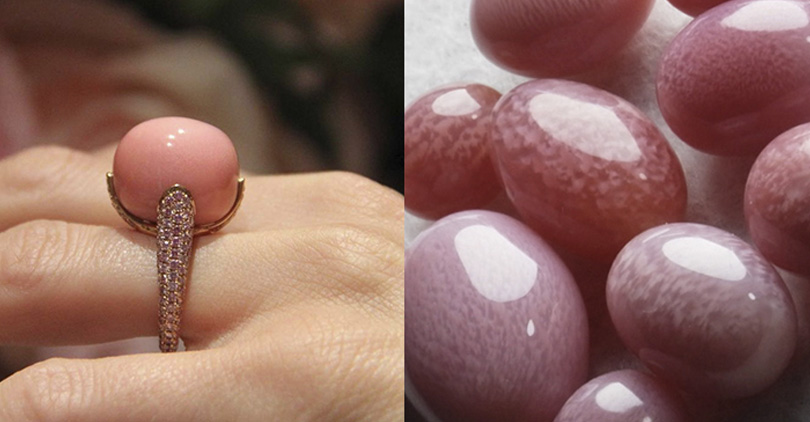
When it comes to conch pearls, nothing matters more than color. It concerns specifically those with a bold pink or peachy hue, ideally tinged with rose.
Pieces with the brightest, most saturated coloring will fetch higher prices. That's the case if they also happen to have an underlying richness of tone along with brightness. Well, then, you’ve got yourself some serious eye-catching gems that carry an even heftier price tag!
Size
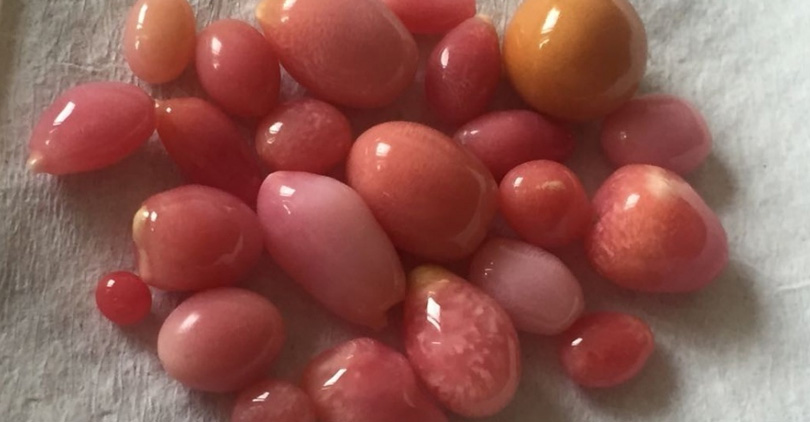
And let's not forget the size. It counts, too, because larger ones are still scarcer. It makes them all the more sought after by collectors who know their stuff.
Most conchs don't grow much beyond five carats. So those that can command top-dollar rates per carat for being big as well as beautiful.
Indeed, one large, vividly colored example would be something special to own. No matter whether you were planning on wearing it out often or just keeping it close at hand (it might even turn a profit if sold).
Flame Pattern
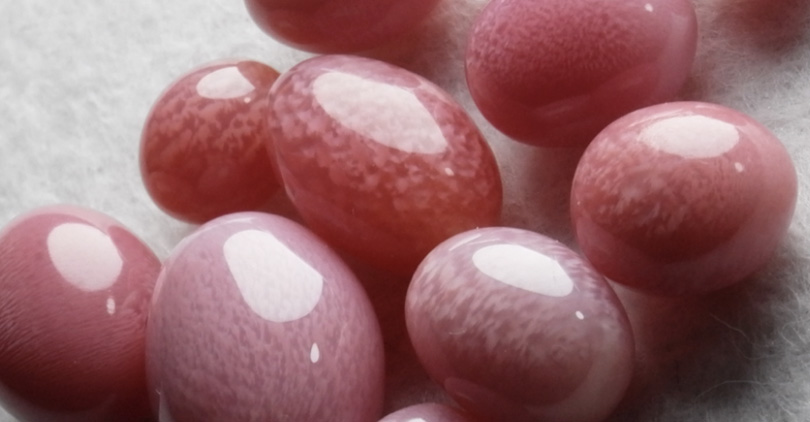
Conch pearls are renowned for their one-of-a-kind “flame” pattern. It is a series of wavy lines that undulate across the surface.
Pearls boasting a prominent display of flame are especially prized for this optical feature. Indeed, so captivating is a vividly flamed conch pearl that it can appear almost holographic. It is a must-have for serious collectors.
Surface Quality
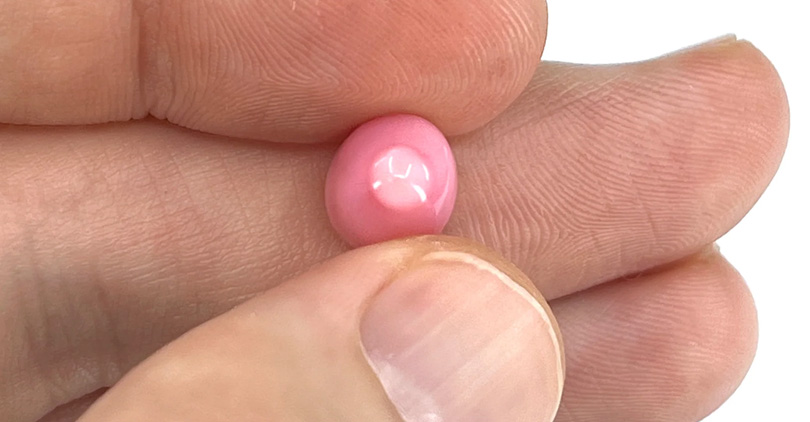
Finally, worth is impacted by the surface quality of a conch pearl. A smooth, flawless surface is what one wants to see.
Imperfections can lower value. But often, minor blemishes are forgiven when exceptional color, size, and flame structure are present.
How to Identify a Conch Pearl
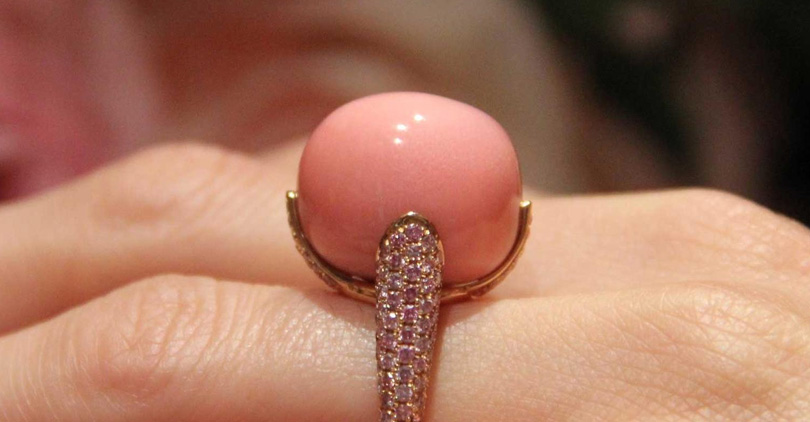
When you want to identify a conch pearl, look first at the color. These pearls can be pink, peachy, golden, or even a mixture of all three. And unlike other pearls, the color isn’t just skin-deep— it permeates throughout!
Conch pearls also have flame structures on their surface (also called ‘flame structure’). This is an optical effect that makes the pearl seem as if it’s shimmering in waves under a sheet of glass. Some people say these patterns look like flames licking across.
These pearls feel different from your typical smooth, shiny variety. They lack something known as nacre. Instead, their fronts are matte while still being soft to the touch. It could make for an interesting conversation starter, if nothing else.
If you find one at all, consider yourself lucky. Conchs don’t produce many pearls. And those they do grow aren’t usually worth much when compared with gemstones or high-quality necklaces made out of other types of pearls. In other words, it is a true “find” for collectors!
Popular Conch Pearl Jewelry Styles
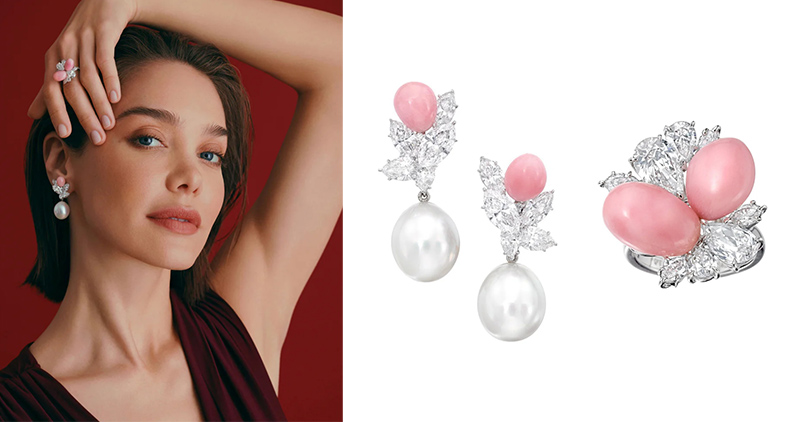
Conch pearls inspire any piece of jewelry with a touch of tropical flair. Their lively hues and distinctive flame patterns bear resemblance to the most exotic wonders. Here is how conch pearls shine in popular jewelry styles:
● Rings: Conch pearls lend themselves to being the centerpiece of rings. But most especially when those centerpieces are combined with diamonds or other precious stones. Their unique pinks and peaches add a softness and romance so sentimental for a statement or an engagement ring.
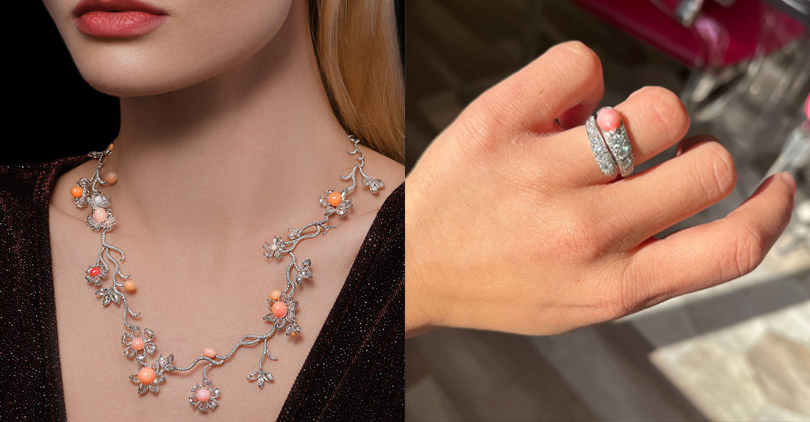
● Necklaces and Pendants: As pendants, conch pearls make a statement with every movement. Set upon a dainty chain, they may be backed by other gemstones to create a strong yet classy look.
● Earrings: Delicate accents of color, especially with elegance, are delivered by such earrings. They infuse a hint of the exotic into any style-from classic studs to dangling drops.
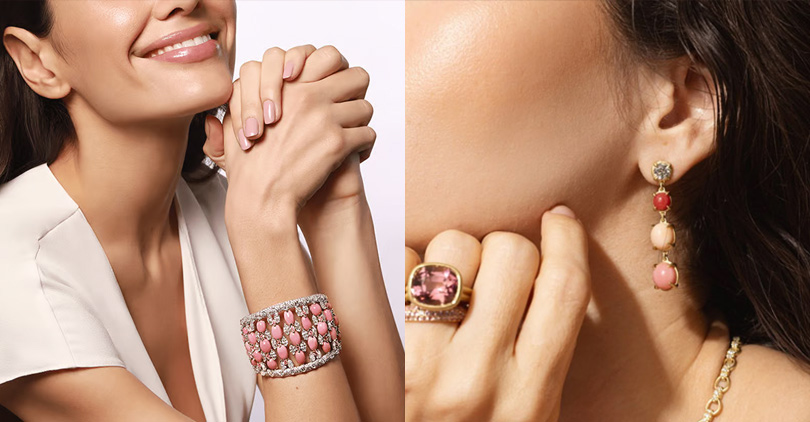
● Bracelets: Conch pearls ooze charm and luxury in a bracelet. Spaced between delicate links of gold or silver or beads, they make for a beautiful, understated accessory.
Where to Buy Conch Pearls Online
Finding real conch pearls online means being very careful to only find quality sources. Some of the more well-established merchandisers who have their warrant based upon quality and knowledge would be:
● Cayman Pearl Company: This company takes care of natural-colored Queen Conch pearls. They are sourced from the Caribbean. It sells everything from single lots to volume lots to collectors and jewelry designers alike.
● Assael: This brand is known for its beautiful pearl jewelry. It mainly features conch pearls in its unique designs, bringing out the natural beauty of the gem.
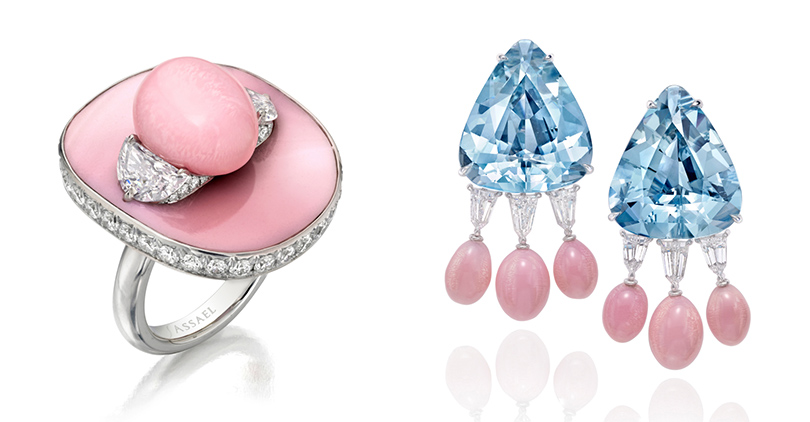
● Emeralds International LLC: Their conch pearl jewelry includes custom designs with a variety of pieces. They offer jewelry that is rich in tradition.
● Global Gemology: This website offers a wide range of details and information on conch pearls. It also has some of its products available to enthusiasts and potential buyers.
Conclusion
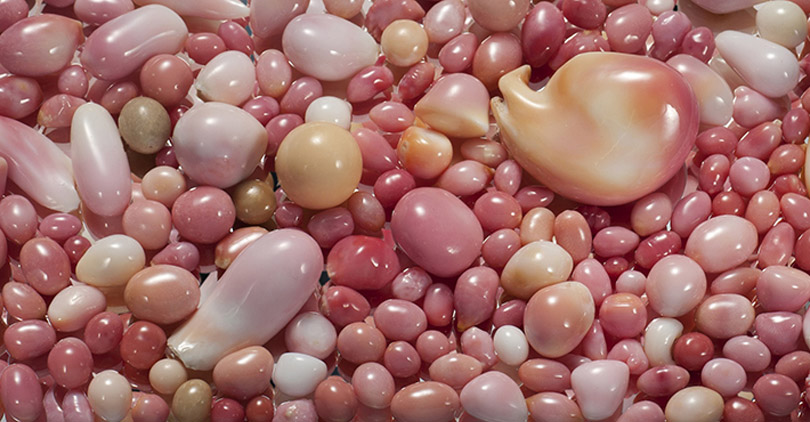
Conch pearls are sought-after treasures from the sea, which add a touch of exotic beauty to any jewelry box. They come in vibrant hues with flame-like patterns that occur nowhere else – making each one unique. Collectors love these rare gems for their individuality as much as their rarity.
If you’re thinking about buying either an elegant conch pearl necklace or a show-stopping ring, don’t be surprised if people can’t stop staring. They have a charm all their own! But make sure you get the real deal from reputable dealers.
Why simply wear fine jewels when there may well be magic on your mind? Conch pearls possess an allure not found in other gemstones. It is something surely worth investigation... and investment!


Leave a Comment